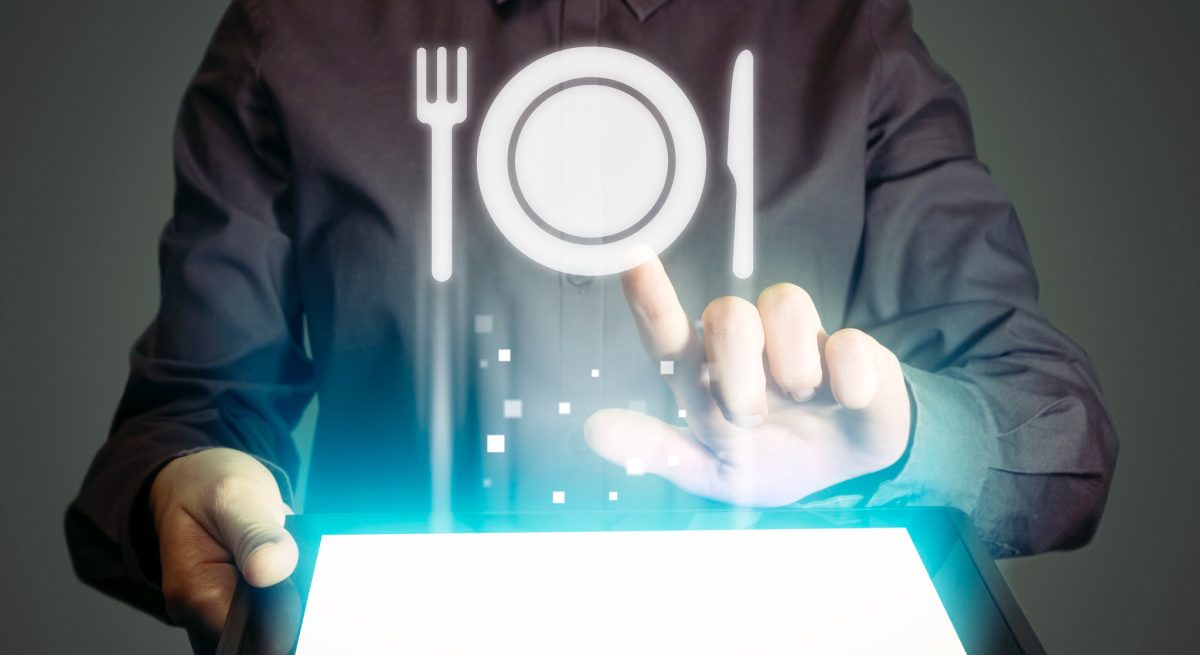How Restaurant Tech Will Differentiate Brands Post-Pandemic
4 Min Read By Sonal Apte
Across the country, states are beginning to lift restrictions so that restaurants can open with limited occupancy and enforced social distancing measures. As they reopen, restaurant operators will need to make some immediate changes so guests and employees feel safe.
The pandemic has taught the society at large to transact online accelerating digital transformation within the restaurant and hospitality verticals.
As a new normal emerges, it will be more important than ever to elevate the dining experience with experiences that are personal and delightful. And this will take some time. Only 39 percent of respondents to a recent survey from CivicScience planned to go to a restaurant within a month of reopening, while 41 percent responded within one to five months, and 20 percent responded in six months or more.
The pandemic has taught the society at large to transact online accelerating digital transformation within the restaurant and hospitality verticals. Therefore, restaurant operators are embracing guest-focused technologies within their restaurants, such as kiosks and mobile devices to serve their guests at a safe distance. With that in mind, let’s explore the three priorities restaurant operators should focus on when evaluating the steps to take to emerge stronger post-pandemic.
Focus on the Endpoint
Business begins at the endpoint, especially in food service and hospitality. This includes the entire order to pay processes, from employee collaboration to guest interaction, whether via smartphone, tablet, kiosk or VR headset.
Each of these endpoints is part of the guest journey and are key in delivering a harmonized experience. For example, guests may choose a self-order kiosk instead of interacting with an associate in an effort to social distance. As well, pick-up lockers located away from in-room dining could allow guests to pick up food without human contact. The pandemic will accelerate the need for these digital solutions as guests choose their own safe distancing preferences.
This digitization of the edge will not only enhance the experience, but also create a natural method of collecting data about your guest – who they are, their preferences, how often they visit, how they pay and how you can bring them back to your restaurant more often.
Digitization requires end point compute in form factors that are relevant for that guest journey. For example, while a 10-inch screen might suffice for a digital locker, a 22-inch screen may be required for self-order. There are many choices in OS and compute form factors, but one way restaurant operators can do this successfully –and lower the cost of deployment and maintenance for doing so – is by establishing a unified architecture; one engine under the hood that can be used for multiple form factors. The architecture can be used in both front-of-house and back-of-house applications to create an experience that is consistent from the kitchen all the way to the guest dining tables, and save valuable time and money.
Build Data-First Architectures
With COVID-19 varyingly influencing guest expectations and behavior, it will be key for restaurant operators to listen to guest feedback, respond by quickly deploying new solutions, and do so successfully by analyzing guest data to understand and cater to their preferences well.
Back-end architecture is key to gathering guest data and must be built on a single source of truth, including information for the item, pricing and guest preferences, so that the data gathered from the various touchpoints is consistent. These data points can then be used to create rich insights to further enhance the guest experience.
A technique gaining popularity in this regard is that of microservices-based architecture, or API connected applications allowing for the creation of services that can be swiftly developed, deployed and maintained. With this approach, restaurant operators can get a new niche service up and running quickly, such as curbside pickup, to offer immediate value to guests, while managing common data structures and flows, future-proofing and evolving its technology stack as guest preferences and safety guidelines continue to evolve.
Personalize and Optimize with Machine Learning
To put valuable data to use, restaurant operators must take advantage of machine learning and deep learning tools to personalize the dining experience. This means seeing diners’ preferences as a direct avenue to delighting the guest.
Agility facilitated by key technology is what will make restaurants excel in the post-COVID world.
As evidence of personalization’s power, 42 percent of guests will choose takeout from a restaurant if they receive offers tailored to their specific dining history, and another 39 percent will choose to dine at the same restaurant for that reason. AI and machine learning allow restaurant operators to be creative with food, service and delivery experiments, continually trying different offers to see what works.
Predictive technologies can also go a long way toward reducing operational costs by making kitchen and back-of-house processes more digitally focused allowing businesses to reap cost-saving benefits. For example, restaurant operators can optimize the kitchen with AI-driven food prep forecasting, tracking data back to the supply chain and using predictive analytics to order precisely the right amount of inventory. Machine-learning technology bridges that gap and brings immediate insights to the surface so that restaurant operations can adjust.
Create Meaningful Business Models
Additionally, new business models such as ones creating subscription revenue for the franchise owners and restaurants could emerge. With consumers paying monthly subscription fees for everything from Netflix to meal kits, it’s only a matter of time before restaurant operators jump on this model.
For example, before the pandemic hit, Panera Bread launched an unlimited-coffee subscription for $9 per month. The goal of this initiative was to build customer loyalty and get guests back inside their brick-and-mortar locations. As we return to a new normal, operators could also create new models to monetize with personalized marketing, menu and service choices.
Guest expectations with food have, in a way, always been a moving target. Post-pandemic, this will be magnified as guests make intentional choices for what’s safest, while restaurant operators adjust their models to help them to enjoy the dining experiences they loved prior to restaurant shutdowns. Agility facilitated by key technology is what will make restaurants excel in the post-COVID world.


